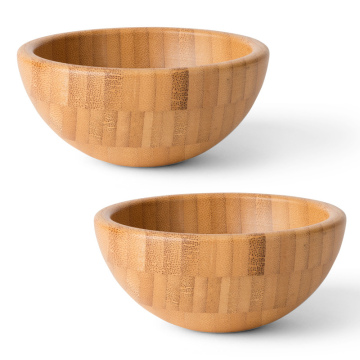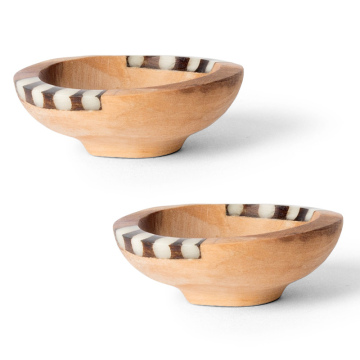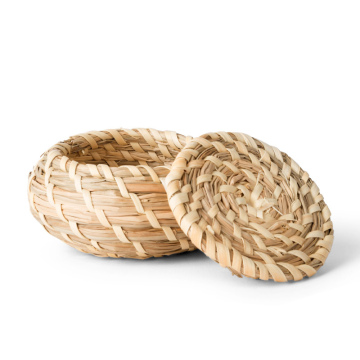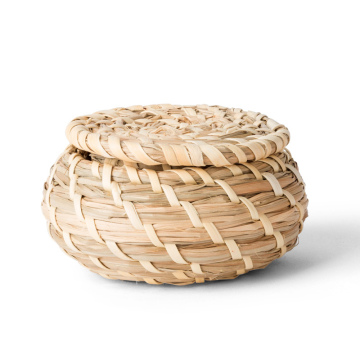Light, Crispy, Delicious: A Journey into Tempura
The Origins of Tempura: A Culinary Tradition
Tempura, a dish characterized by its light and crispy texture, has a rich history that can be traced back to the 16th century. The introduction of this culinary technique to Japan is credited to Portuguese missionaries, who brought with them the method of frying foods in batter. This frying technique was initially influenced by the Catholic tradition of abstaining from meat during Lent, leading to the consumption of fish and vegetables coated in batter. The missionaries effectively merged their culinary practices with local Japanese ingredients, giving rise to what we now recognize as tempura.
As the technique gained popularity, it began to evolve. Japanese cooks started to refine the process, employing a lighter batter made from a mixture of cold water, flour, and sometimes egg. This innovation contributed significantly to the airy and delicate quality that is characteristic of traditional tempura. Over the years, as tempura spread throughout Japan, local ingredients began to be incorporated into the recipe, resulting in regional variations that highlighted the unique tastes and agriculture of different areas.
Key components of authentic tempura include seasonal vegetables such as sweet potatoes, asparagus, and mushrooms, as well as seafood options like shrimp and squid. The choice of ingredients is crucial, as the freshness and quality directly impact the overall flavor and texture of the dish. Tempura is typically served with a flavorful dipping sauce known as tentsuyu, which is a mixture of dashi, soy sauce, and mirin, further enhancing the culinary experience.
This melding of cultures and ingredients played a pivotal role in the evolution of tempura, transforming it from a distinctly Portuguese method into a beloved staple within Japanese cuisine. Today, tempura enjoys global recognition and is frequently featured on menus around the world, illustrating its enduring legacy and adaptability as a renowned culinary tradition.
The Art of Tempura: Techniques and Tips
Tempura, a renowned Japanese dish characterized by its delicately fried ingredients, is celebrated for its light and crispy texture. The foundation of perfect tempura lies in the batter, which typically consists of a combination of seasoned flour and ice-cold water. The use of a soft wheat flour, like cake flour, is recommended as it produces a lighter and airier result. To achieve an exceptional tempura batter, it is essential to maintain a very light consistency—this means not over-mixing. A few lumps in the batter are desirable, as they contribute to the airy texture once fried.
Temperature control plays a crucial role in the frying process. The oil must be heated to a temperature range of 340°F to 360°F (approximately 170°C to 180°C) for optimal frying. If the temperature is too low, the batter absorbs excess oil, resulting in a greasy product. Conversely, if the oil is too hot, the batter can burn before the ingredients are adequately cooked. Selecting an appropriate frying oil, such as canola or vegetable oil, which has a high smoke point, enhances the overall frying culinary experience.
To achieve the distinctive crispiness that tempura is known for, it is vital to fry in small batches. This allows for even cooking and maintains oil temperature, preventing the batter from becoming soggy. Choosing the right ingredients is another important aspect; the best vegetables for tempura are light and crisp varieties such as sweet potatoes, green beans, and bell peppers. Seafood such as shrimp and white fish also make excellent options. Prior to frying, ingredients should be cut into uniform sizes and lightly patted dry to remove any excess moisture, which can hinder crispiness.
Serving Suggestions: Pairing Your Tempura Delight
Tempura, known for its light and crispy texture, can be enhanced through various serving suggestions that elevate both its flavor and presentation. Traditionally, tempura is served with tentsuyu, a dipping sauce made from dashi, soy sauce, and mirin. This sauce beautifully complements the delicate flavors of the tempura, allowing the crunchiness to shine through. You can also explore alternatives such as a tangy ponzu sauce or spicy mayo, which add unique flavor profiles that can intrigue your palate.
When presenting tempura, consider the overall aesthetics of the dish. Arrange the tempura pieces on a ceramic plate, ensuring that there is a balance of color and texture. Incorporating garnishes such as finely chopped green onions, a slice of lemon, or even edible flowers can add an attractive visual element and entice diners. Additionally, serving tempura alongside a side of shredded daikon radish can provide a refreshing contrast to the fried elements, enhancing the overall experience.
Beyond dipping sauces and garnishes, pairing tempura with beverages can further elevate the dining culinary experience. Traditional choices include Japanese sake, which offers a clean taste that complements the dish without overpowering it. Alternatively, a glass of chilled green tea can provide a refreshing palate cleanser between bites. For those seeking a fusion experience, a crisp white wine or a light lager beer might also harmonize well with the flavors of tempura.
By thoughtfully considering the serving suggestions, including the right sauces, garnishes, sides, and drinks, you can create an enjoyable presentation that highlights the delightful characteristics of tempura. Such pairing not only enhances its light and crispy profile but also enriches the overall culinary experience.
Tempura Around the World: Global Variations
Tempura, originating from Japan, has transcended its traditional roots to inspire a variety of culinary adaptations worldwide. Each culture has embraced this crispy, battered method, leading to unique interpretations that showcase local ingredients and cooking techniques. One notable example is Korean "twigim," which translates to "fried" in English. This variation often includes a diverse selection of ingredients such as vegetables, seafood, and even meat, coated in a light batter before deep-frying. Korean twigim typically emphasizes unique flavors, often accompanied by dipping sauces that complement the crispy exterior.
In Indonesia, the tradition of batter-fried snacks, known as "gorengan," serves as another testament to tempura’s global influence. Here, local vegetables and tofu are typically dipped in a spiced batter, reminiscent of tempura, yet distinctly unique with the use of vibrant spices and herbs. Indonesian gorengan is a popular street food item, served hot and oftentimes paired with sambal or sweet soy sauce, adding a regional flair that embodies the culture's culinary richness.
Modern dining has also seen the evolution of tempura, as contemporary restaurants experiment with fusion variations. Chefs are creatively incorporating unconventional fillings, using not just traditional fish and vegetables, but also items such as cheese, foie gras, and even fruits. These innovations lead to unique presentations and flavor combinations that extend beyond established norms. For instance, a restaurant may offer tempura-infused sushi rolls or serve tempura vegetables alongside a sophisticated aioli, bridging Japanese cuisine with Western culinary principles.
The ongoing popularity of tempura reflects its adaptability, as various cultures embrace this cooking technique with open arms. Its transformation into new dishes and forms illustrates not only the global interest in tempura but also the creativity of chefs who continue to evolve this cherished culinary tradition, making it a delightful experience across different gastronomic landscapes.











